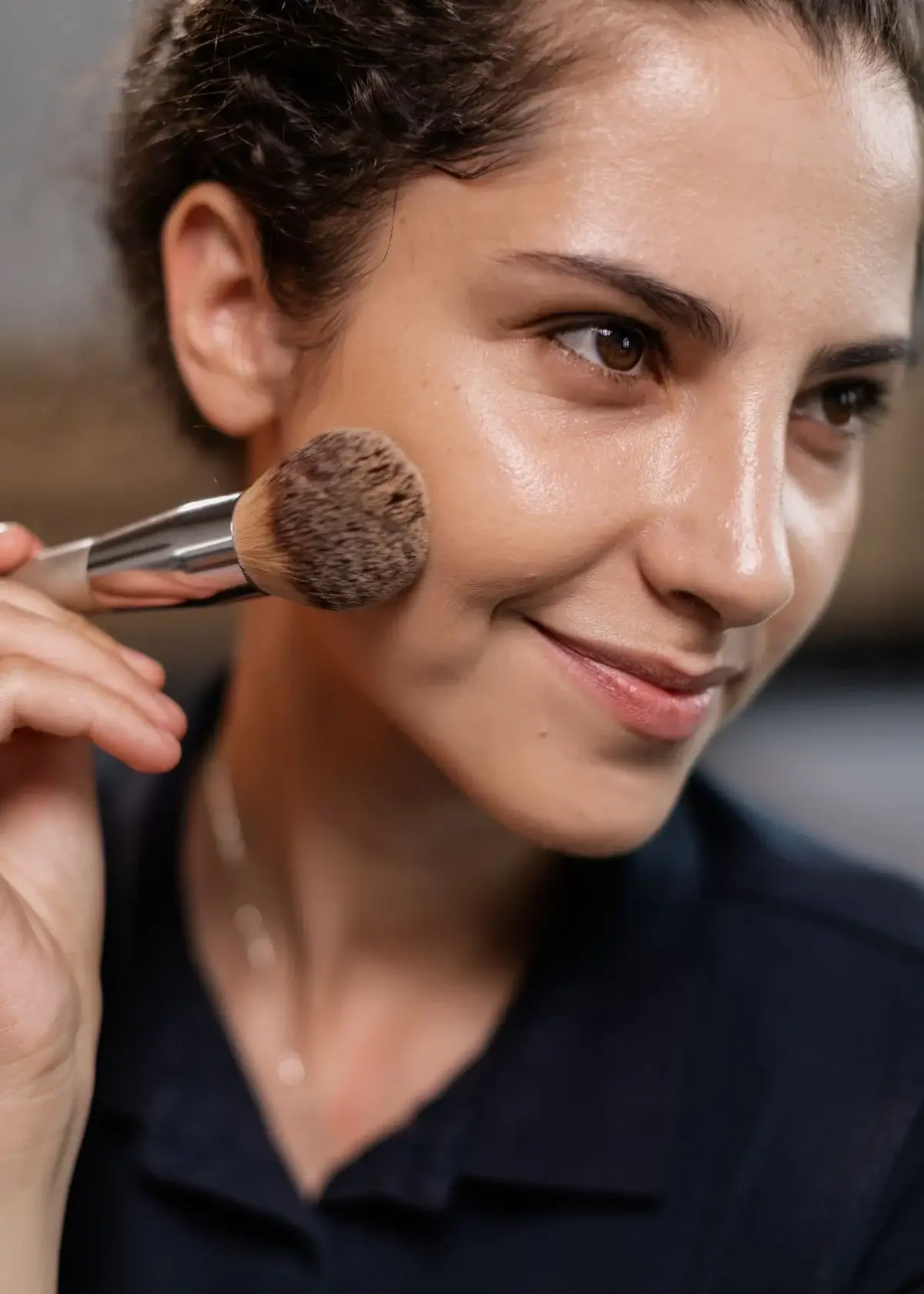Your contour brush is an essential tool in your makeup collection. It helps you create those perfectly chiseled cheekbones and flawless jawlines. However, like any other makeup brush, your contour brush requires proper cleaning and maintenance to keep it in the best condition. This blog post will discuss everything you need to know about cleaning and maintaining your contour brush.
Tip 1: Clean Your Brush After Every Use
The first and most crucial tip is to clean your contour brush after every use. Your brush accumulates dirt, oil, and makeup residue, which can lead to bacterial growth. Dip your brush in lukewarm water and use a gentle cleanser to remove the product buildup. Rinse in running water and pat dry with a towel. Avoid leaving your brush to soak in water, which weakens the bristles and damages the handle.
Tip 2: Deep Clean Your Brush Weekly
While cleaning your brush after every use is excellent, deep cleaning is necessary to keep it in the best condition. Once a week use a brush cleanser once a week that penetrates deep into the bristles. Rub your brush gently against the soap, ensuring that you cover the entire bristle area. Rinse in warm water and repeat until the suds run clear. Dry your brush flat on a towel overnight or hang it upside down to prevent water from seeping into the ferrule.
Tip 3: Avoid Using Harsh Chemicals
Harsh chemicals such as bleach, alcohol, and acetone can weaken the bristles. They cause the bristles to break, affecting your contour brush's quality. Instead, use a gentle cleanser that cleans your brush without damaging it. Some cleaners are specially formulated for makeup brushes and help to keep the bristles soft and supple.
Tip 4: Store Your Brush Properly
Storing your contour brush properly is just as important as cleaning it. Avoid leaving your brush on a flat surface, as it can cause the bristles to bend and misshape. Instead, store your brush upright in a dedicated holder. This keeps the bristles straight and makes it easier to access your brush when needed.
Tip 5: Replace Your Brush Regularly
The lifespan of your contour brush depends on how often you use it and how well you maintain it. However, even with proper care, your brush will eventually wear out. Signs that your brush needs replacing include shedding bristles, misshapen bristles, and a damaged handle. When your brush shows these signs, it is time to replace it with a new one.
Cleaning and maintaining your contour brush is essential to keep it in the best condition. Following these simple tips ensures that your brush remains healthy, soft, and supple. Remember to clean your brush deep weekly, store it upright, avoid harsh chemicals, and replace it regularly. With the proper care, your contour brush can last months or even years. Happy contouring!
As beauty lovers, we all know the importance of having the right tools for the job. And when it comes to contouring, having the best contour brush can make all the difference. That's why we enlisted beauty editors' help to find the best contour brush out there. After hours of research and reveiwing, we've done all the hard work for you and discovered the ultimate tool for perfectly sculpted cheekbones. So what are you waiting for? Click that link and find your next favorite best contour brush! Your makeup routine will thank you.
What are the common mistakes to avoid when using a contour brush?
Avoiding a few common mistakes is crucial to achieving flawless results using a contour brush. Firstly, too much product can lead to an overly intense contour, so starting with a small amount is essential and building it up gradually. Besides, blending is essential, and failing to blend correctly can result in visible lines or patches of color. Choosing a contour shade that complements your skin tone is also essential, as using one that is too dark or too light can create an unnatural appearance. Lastly, using the right brush size or shape can help with precision and make the application more seamless.
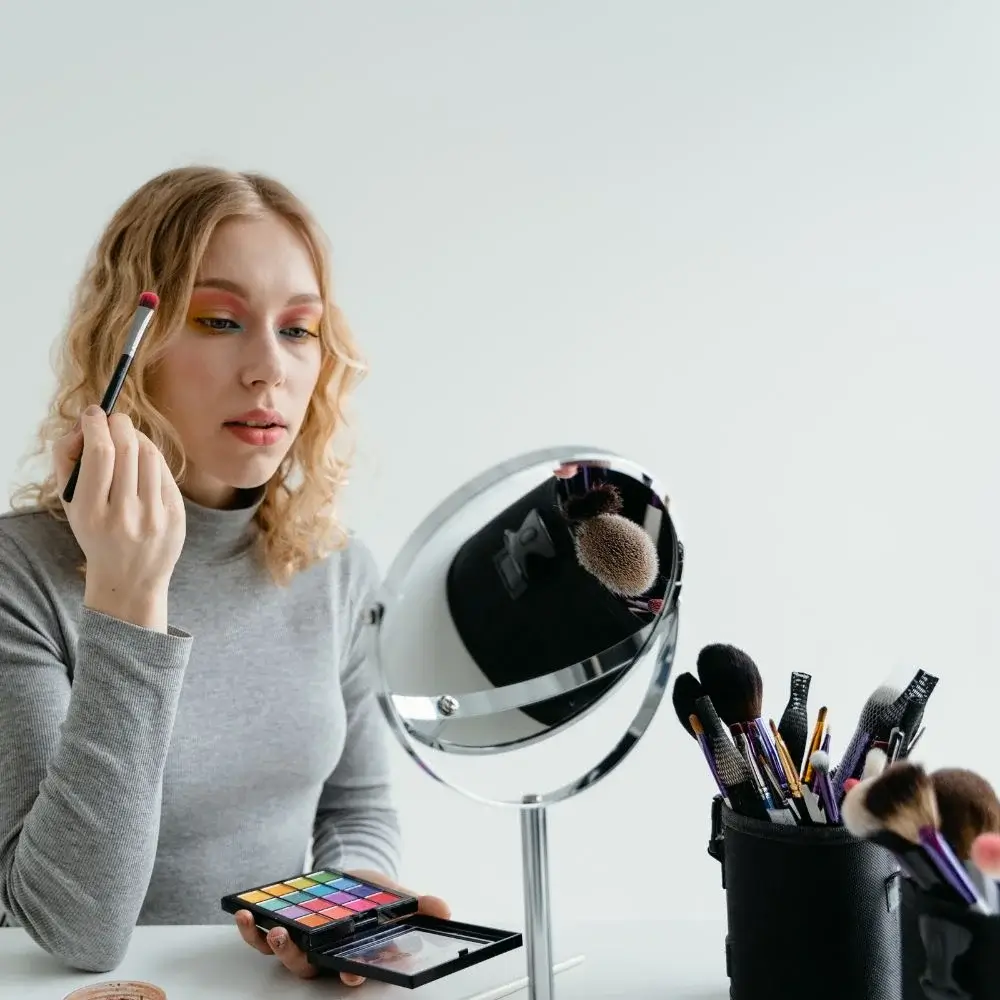
What are some tips for achieving a natural-looking contour with a brush?
You can follow a few tips to achieve a natural-looking contour with a brush. Begin by selecting a contour shade that is only a shade or two darker than your natural skin tone for a subtle effect. When applying the contour, use a light hand and gradually build up the color to avoid harsh lines. Blending is crucial, so blend the product thoroughly using circular motions to create a seamless transition between the contour and the rest of your makeup. Lastly, check your makeup in natural lighting to look natural and well-blended.
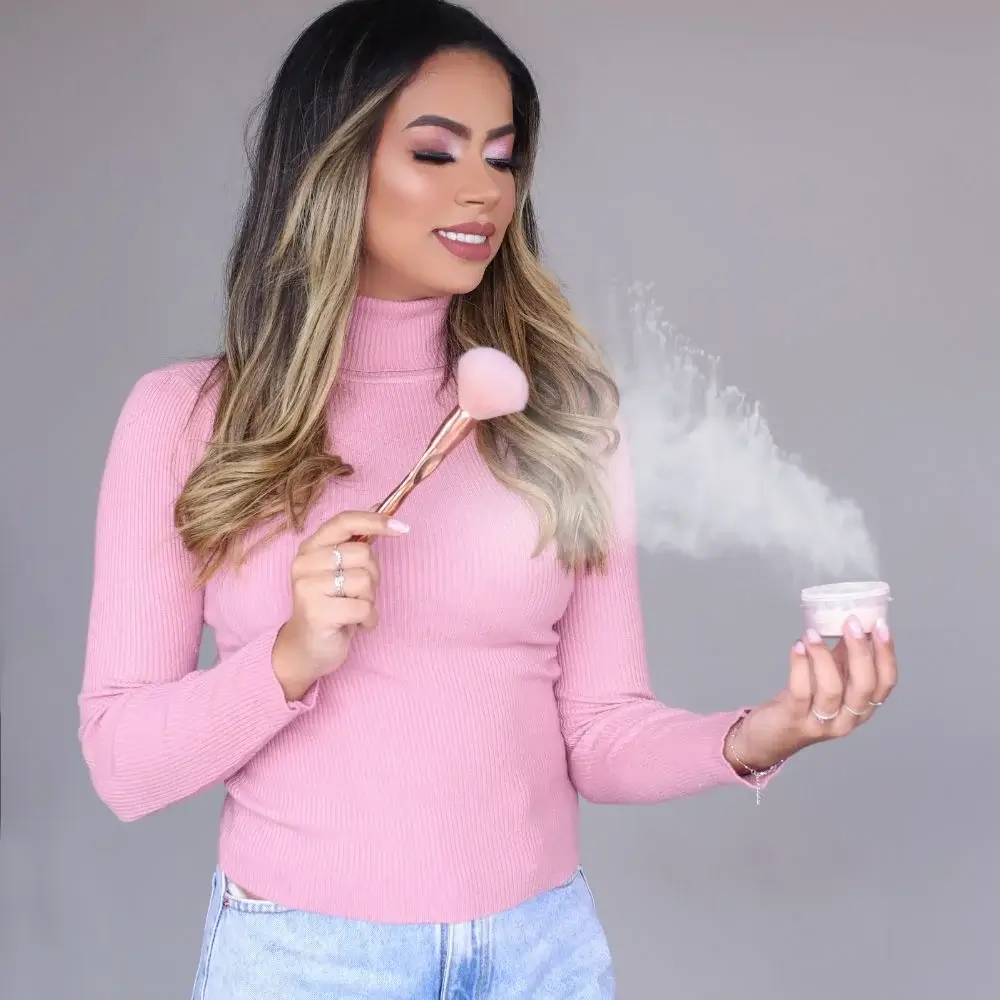
What are the recommended contouring products to use with a brush?
When selecting contouring products to use with a brush, opt for products specifically formulated for contouring, such as contour powders, creams, or sticks. Powder contours work well for oily or combination skin types, providing a matte finish, while cream or stick contours are ideal for dry or normal skin types as they offer a more dewy and blendable texture. Look for shades that match your skin's undertone and provide a natural-looking shadow. Popular choices include contour palettes, bronzing powders, and contour sticks from reputable cosmetic brands, which often offer a range of shades to suit various skin tones.
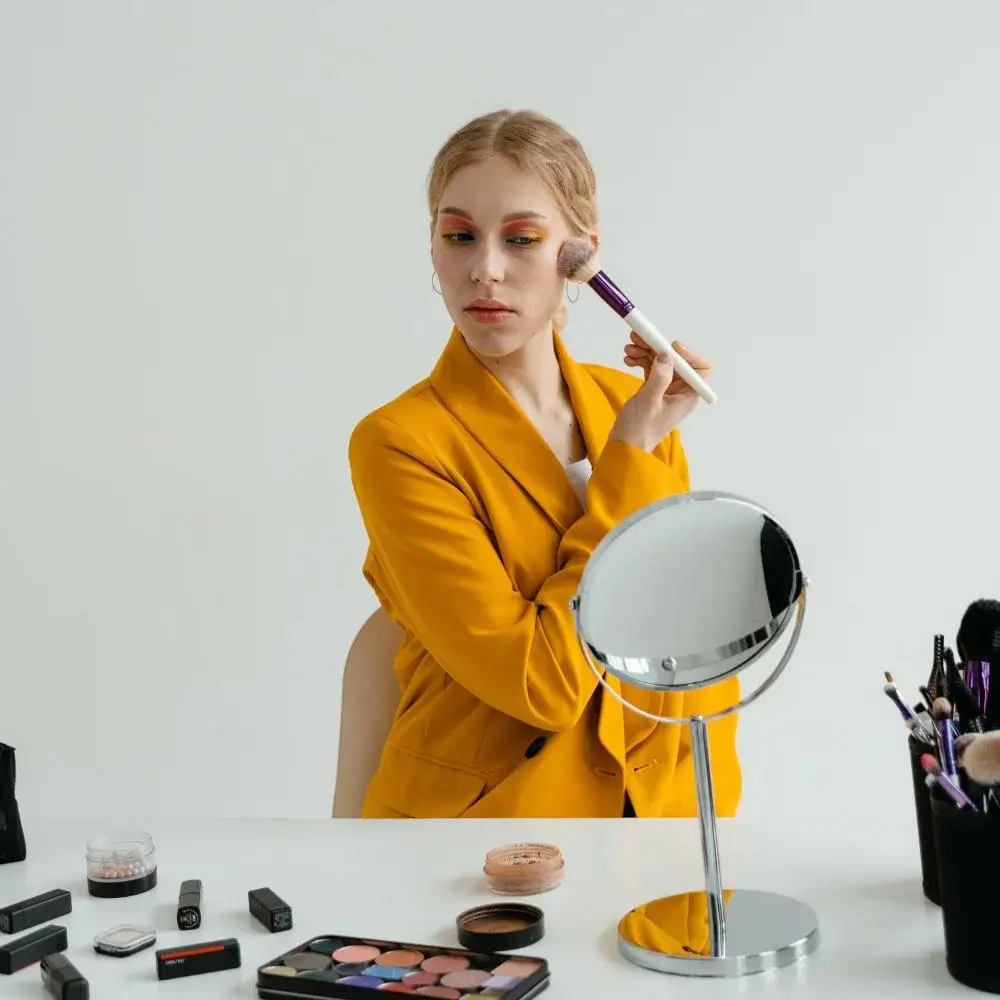
How do I prevent streaks or harsh lines while contouring with a brush?
To prevent streaks or harsh lines when contouring with a brush, it's crucial to follow a few key steps. Firstly, ensure your skin is adequately moisturized and prepped before applying makeup, as this helps the product blend smoothly. Use a light hand when applying the contour and gradually build the color to avoid depositing too much product at once. Besides, blend the contour thoroughly using circular motions or back-and-forth strokes to ensure seamless integration with the rest of your makeup.
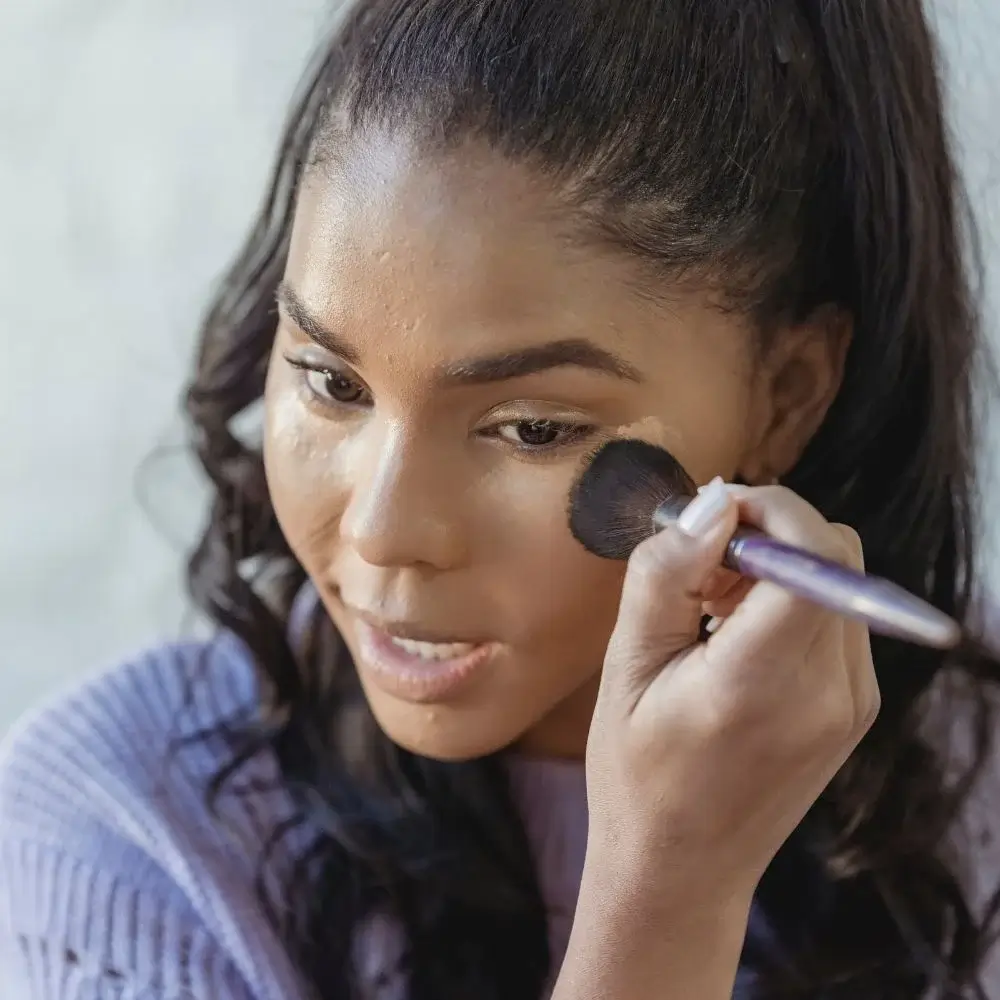
How do I maintain control and precision while contouring with a brush?
Maintaining control and precision while contouring with a brush can be achieved through a few techniques. Start by selecting a brush specifically designed for contouring, with a shape that fits the contours of your face—practice using light pressure and controlled movements to ensure precise application. When contouring, follow the natural shadows of your face, such as the hollows of your cheeks or the sides of your nose, for a more defined look. Remember to blend carefully to avoid harsh lines, using smaller brushes or clean fingers for more detailed areas like the nose or jawline.
Should I use a separate brush for contouring and highlighting?
Using a separate brush for contouring and highlighting is a personal preference, but it can enhance precision and prevent color mixing. Using separate brushes allows you to maintain the integrity of the contour and highlight shades without unintentional blending. If you use separate brushes, choose brushes specifically designed for each purpose. A smaller, angled brush works well for contouring, allowing for precise placement and blending, while a fluffy, tapered brush is ideal for highlighting, providing a soft and diffused application.


